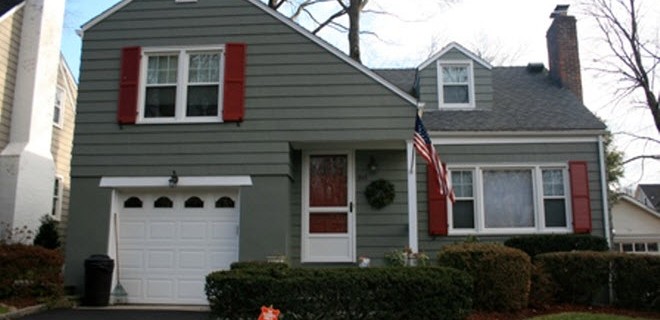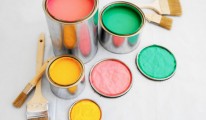Do wash aggressively to remove dirt, grime, mold, mildew and stains from siding surfaces — and from aluminum siding, remove all chalkiness. Vinyl siding normally has lots of surface grain that catches dirt and grows mold and mildew. Mold can actually penetrate the vinyl surface, so cleaning the siding properly prior to painting is essential to avoid mold from being trapped between the vinyl and the new top coat of paint.
Do allow sufficient time for drying after cleaning — three to four the weep holes on the underside of the siding have time to drain.
Do consider the aesthetics of gutters, downspouts, eaves and soffits. These are easily repainted to avoid, awkward-looking white downspouts that contrast against freshly painted, new color siding.
Do paint with colors similar to the original finish and for vinyl use a vinyl-safe paint. Going from dark to lighter colors is usually fine. Avoid going from light to darker colors, since strong sunlight may buckle or warp siding.
Don’t scrimp on the quality of primer or paint to save $100 to $150 on the cost of the job. Premium quality paints or paints labeled ‘vinyl-safe’ are well worth the cost. Caution: Not using ‘vinyl-safe’ paints on vinyl siding may cause the siding to buckle or warp after the paint dries.
Don’t paint in direct sunlight, since all siding expands and contracts. Painting cooler surfaces or when surfaces are in the shade will avoid unsightly gaps that can show up when surfaces that were painted at their full expansion phase later contract.
Don’t tackle first-time painting of vinyl or aluminum siding if you’re not experienced. This painting project is best handled by experienced, reliable, professional painters who will stand behind their works of art.





